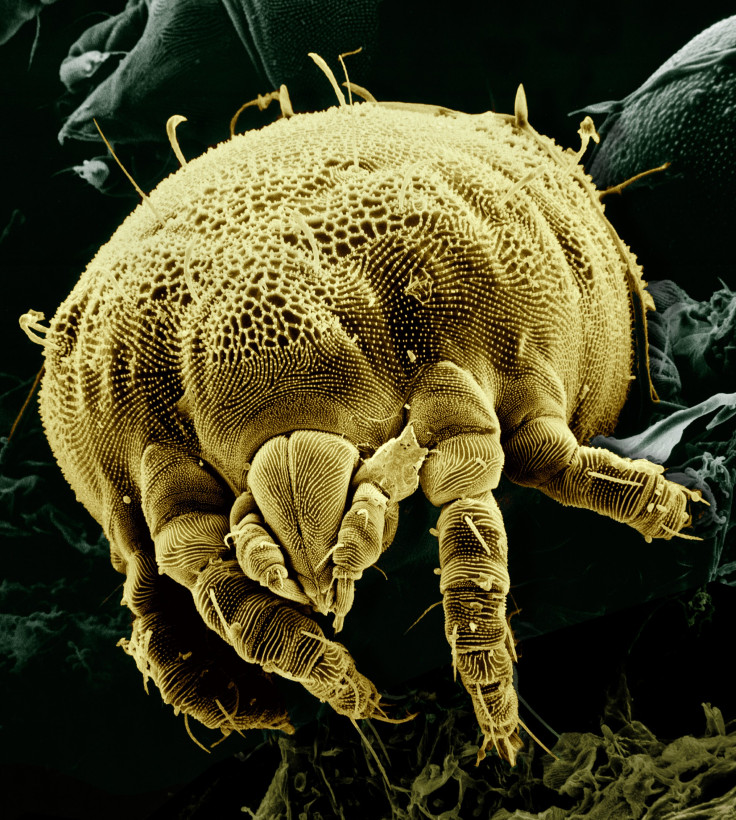News You Don't Want to Hear: Rosacea May be Caused by Mite Droppings

Rosacea, a skin condition that causes flushing and acne-like breakouts, may occur due to bacteria that live in harmless mites on the skin.
Rosacea occurs in 3 percent of the population and has now been shown to be caused due to bacteria that are present in the mites that reside on the skin. Reddening, inflammation and acne-like breakouts are common symptoms of rosacea. Until now, doctors could only control the condition, but with the new research, there might soon be treatments targeted to treat rosacea.
The mite species, Demodex folliculorum, live around the hair follicles on the skin. These mites have a worm-like shape and usually do not cause any harm to the skin. Their number grows with age and certain other factors like excessive exposure to sunlight.
Recently a bacterium, called Bacillus oleronius, isolated from these mites have been shown to be the culprit behind rosacea. These bacteria release compounds that, in turn, trigger an immune response in the skin
"The bacteria live in the digestive tracts of Demodex mites found on the face, in a mutually beneficial relationship. When the mites die, the bacteria are released and leak into surrounding skin tissues - triggering tissue degradation and inflammation," Dr. Kevin Kavanagh from National University of Ireland. Kavanagh and his colleagues have worked on the present review.
According to estimates, around 10 to 20 million people in the U.S suffer from rosacea.
"Once the numbers of mites increase, so does the number of bacteria, making rosacea more likely to occur. Targeting these bacteria may be a useful way of treating and preventing this condition," he said.
People who suffer from rosacea have 10 times more Demodex mites on their skin than other people. Checking the growth of these mites may also be a good way to treat the condition, researchers said.
"Alternatively we could look at controlling the population of Demodex mites in the face. Some pharmaceutical companies are already developing therapies to do this, which represents a novel way of preventing and reversing rosacea, which can be painful and embarrassing for many people," added Dr. Kavanagh.
Rosacea is common in women but is more severe when it occurs in men. White people are at higher risk of rosacea. The skin condition can occur in eyes and on nose as well.
The review is published in the Journal of Medical Microbiology.



























